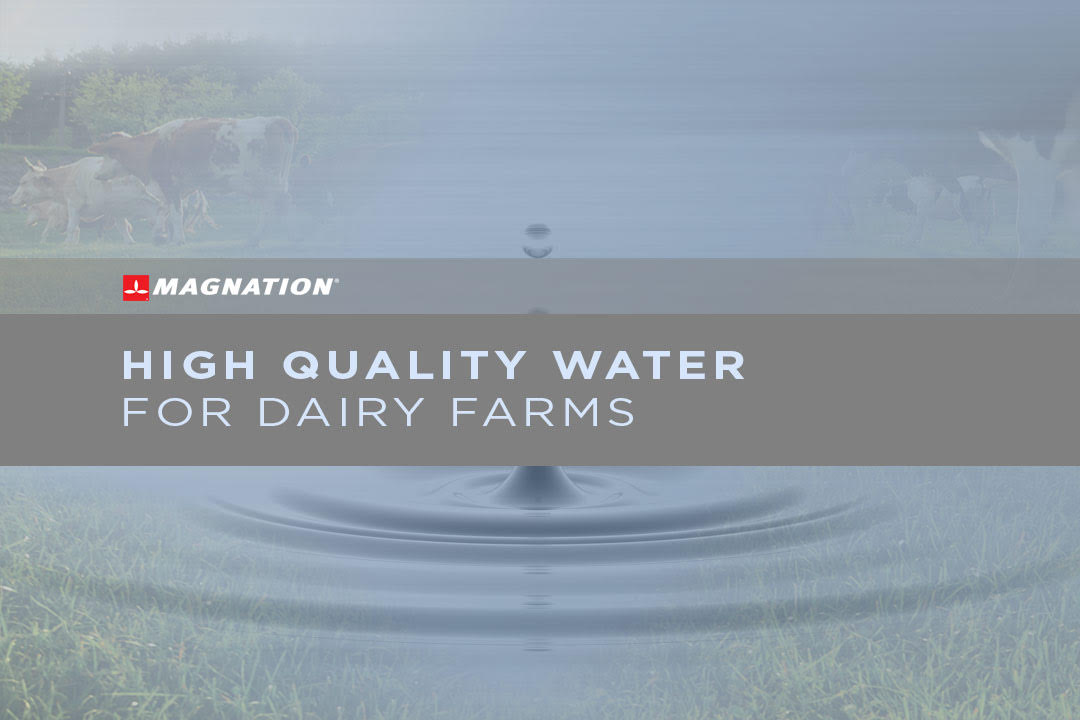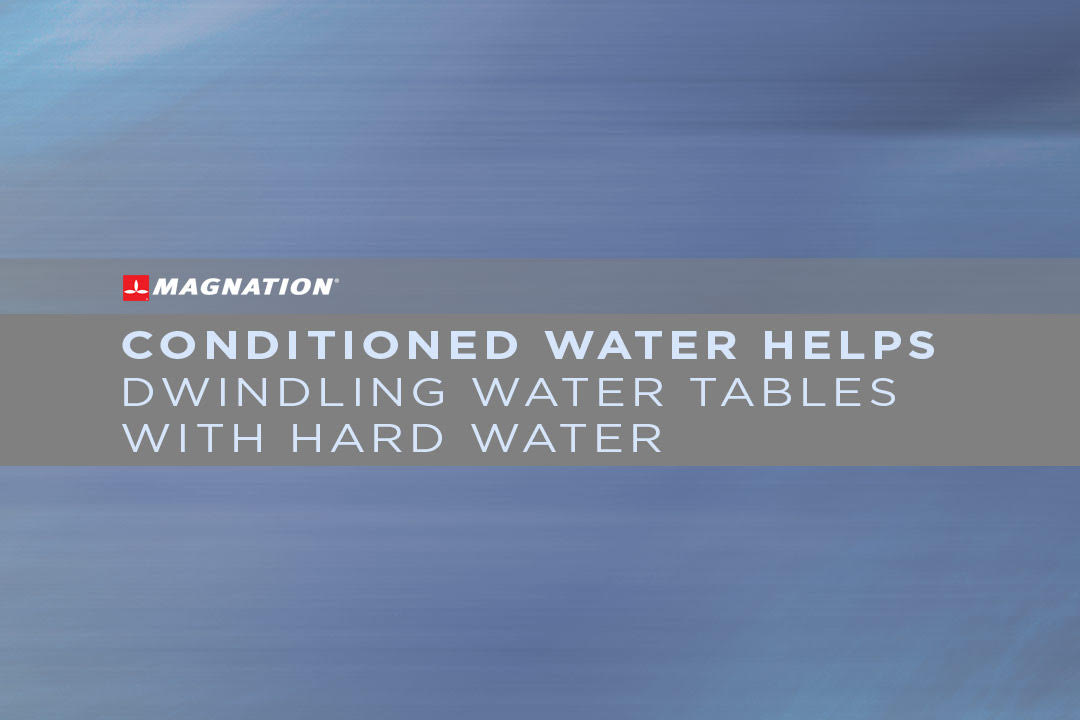
The Facts…
Non-chemical technologies for scale and hardness control are not new. The scientific community has published hundreds of articles on this principle since the 1960s. The fundamental theory is very simple:
Pass water through a magnetic field and it changes the water.
This has been studied now for decades by academics and industry alike. Below is an example of some of the publications found in our research of this technology and how they explain the theory, use and application of these devices.
U.S. Department of Energy, Office of Energy Management, Federal Technology Alert, January 1998:
“The operating principles for the electrostatic units are much different. Instead of causing the dissolved ions to come together and form non-adherent scale, a surface charge is imposed on the ions so that they repel instead of attract each other. Thus the two ions (positive and negative, or cations and anions, respectively) of a kind needed to form scale are never able to come close enough together to initiate the scale-forming reaction. The end result for a user is the same with either technology; scale formation on heat exchange surfaces is greatly reduced or eliminated.”
“These technologies can be used as a replacement for most water-softening equipment. Specifically, chemical softening (lime or lime-soda softening), ion exchange, and reverse osmosis (RO), when used for the control of hardness, can be replaced by the non-chemical water conditioning technology. This would include applications both to cooling water treatment and boiler water treatment, in once-through and re-circulating systems”
Sandia National Laboratories, Operated for the U.S. Dept. of Energy by Sandia Corporation. Surface tension testing conducted November, 2004.
“two tap water samples with excessive hardness showed reductions in surface tension relative to unconditioned tap water of from 10%-20%, with an average of 14% and 17% respectively for the two samples. These results are based on a series of five separate tests for each set of water samples. In all cases tested, the conditioned water always showed a lower surface tension than the unconditioned water.”
“A reduction in water surface tension will improve soils wetting, especially in clayey soils, and improves soils moisture in irrigation applications (Israelsen, 1962). A reduction in surface tension in water will change wetting characteristics, increase wetting surfaces, and change the distribution of solutes on wetted surfaces (Weber, 1972).”
Parsons, et. al., “Magnetic Treatment of Calcium Carbonate Scale – Effect of pH Control,” Water Research, Volume 31, No. 2, pp. 339-342, 1997.
“scale formed on the heat exchanger for the experiments were reduced by 48% after magnetic treatment… The pH profile of experiment MGC indicates a direct effect of magnetic treatment on the solution pH. During the experiment, the pH of the magnetically treated system falls by 0.5 pH units from pH 8-7.5, then towards the end of the experiment slowly returns to its original value of pH 8.0. This variation has been attributed to slow degassing of the solution.”
Li, J. et al., “Quantitative study of the effect of electromagnetic field on scale deposition on nanofiltration membranes via UTDR.” Water Research (2007).
“Various chemical or physical methods have been employed in order to prevent filter membrane inorganic fouling (Baker et al, 1997, Hasson et al, 1997: Likikanen et al2002: Litsitsin et al, 2005) As the use of scaling inhibitors changes the water composition; they have to be avoided for drinking water distribution. (Gaberielli et al, 2001). Therefore, physical methods are proposed because they do not change the properties of water. In particular, magnetic water treatments, due to its advantages such as low cost, simple operation, and no harm to the environment, have attracted much attention (Baker and Judd,1996: Gehr et al, 1995; Nevedrov and Ushakove, 2003; Parsons et al, 1997; Wang et al,1997).
“Donaldson and Grimes (1998) discovered that the ration of calcite to aragonite precipitated from a saturated solution was influenced by magnetic treatment. Higashitani et al, (1993) confirmed that a magnetically treated solution favored aragonite growth”.
“Al-Qahtani (1996) found that in a seawater RO unit, the permeate salt concentrations of the magnetically treated solution were lower than that of untreated ones, and the magnetic field enhanced both conductivity and pH value of the solution. The results also showed that the rejection of RO membrane increased in the presence of magnetic field. Vedavyasan (201) reported that the fouling rate of the RO membrane is considerably reduced and the overall performance of the RO plant was improved when induced with magnetic field. The results showed large savings in energy by 18%, process downtime costs by 30% and cleaning by 33%.”
Magnation’s Water Technology has thoroughly investigated the science behind magnetic water treatment. We have diagnosed the reasons for past inconsistencies, and identified the correct technology to maximize performance of Non-Chemical Water Treatment. The Water Conditioner is a cost effective, environmentally friendly, simple solution for all industries using substantial amounts of water in their processes.










Comments
Add Comment